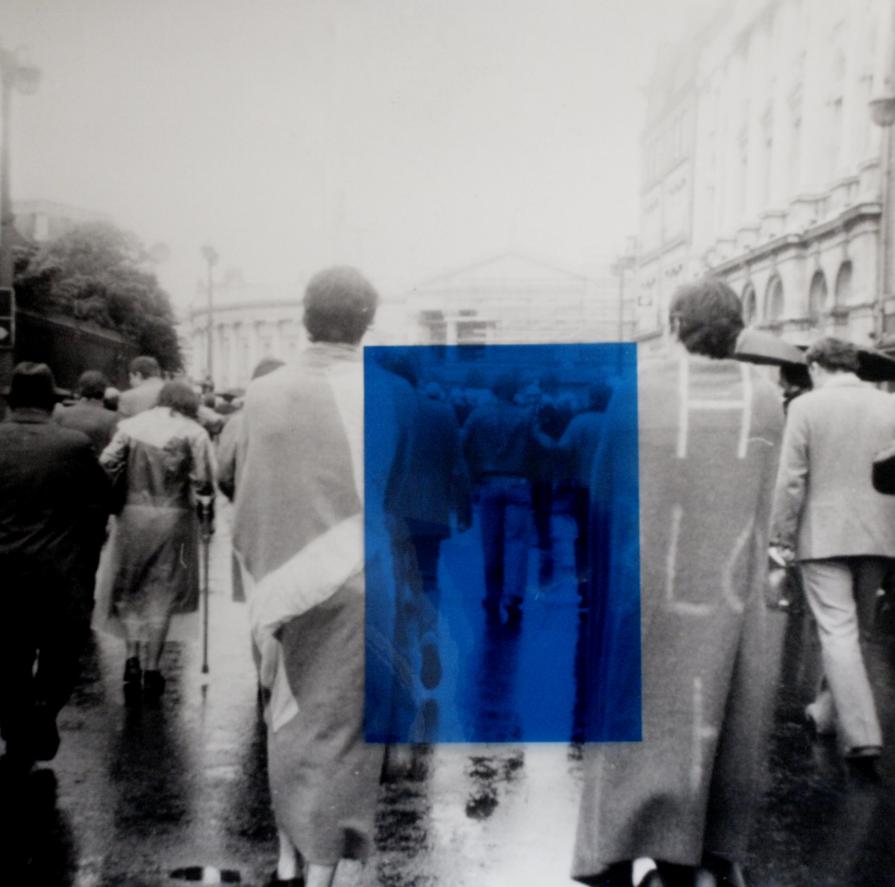
Project for an Irish Landscape 1981
In the project I present for Celeste, the actions of looking, seeing and perceiving, interrelate with the actions of participation in a political act, of remembrance, and of the making of history.
How do we construct "history", is it different from how do we tell a story?.
The starting point for this work is three photos I took while participating in a protest march in Dublin, in June 1981, in support of the IRA hunger strikers who were kept in special prison blocks, called H blocks. The march took place soon after the death ( after weeks of being on a hunger strike to demand a political status for the IRA prissioners ) of Bobby Sands, making of the march not only a political statement but a highly charged emotional event.
" Irish Landscape, June 1981 ", is a 1, 10 x 1, 10 m print of one of the photographs. We can see in the foreground two protesters wearing blankets, with the letter H written on them.
Exactly in the middle of the image, in a second plan, we can see the back of a guy who is walking, with a particular cocky gait, towards the police, probably shouting something at them. He occupies the space in between the two protesters wearing the blankets; it is this space - an awkward space, neither foreground nor background - what is covered with a rectangular blue sheet of plastic.
The second work, " Studies for an Irish Landscape ", is an installation of a series of six blown up images of details from the background of the three photographs I took in the protest march. These details - part of a roof, some branches from a tree, a traffic sign - have been blown up with the aid of a Xerox machine. The image is decomposed in hundreds of specks, the end result being not dissimilar to the pointillist conte-crayon drawings by Georges Seraut.
Bellow the hanged pictures, a series of images of blown up details of the protesters and the police, is scattered on the floor. A steel structure, in the shape of an H rests on top of them.
Both works, " Irish Landscape 1981" and " Studies for an Irish Landscape ", are about the framing, the underlining, of what it is in the background, of what is in a secondary plan. The end result is very different in each case.
In " Irish Landscape 1981 ", the documentary content of the picture is emphasized by means of using the blue plastic sheet, which guides our gaze to the confrontation of one of the protesters with the police, the viewer is forced to get closer to the marchers, get closer to the line of police. " In Studies for an Irish Landscape ", the result is the opposite: the viewer is kept at a long distance from those overblown details of the picture, which are more related, in terms of perception, to painting or drawing, than to photography.
My personal implication in the story, - it was me who was marching with the people who appear in the photo - was from the beginning, at the core of his project. It is interesting how I assume three different positions in relation to the image.
The first one is me, behind some other protesters, as another secondary character participating in the making of "history", the second position is that of a witness of that "history": I took the photograph. The third position is that of the narrator of a story, me, telling you the story of the image, more than thirty years after the photo was taken.
It is this tension between "history" and story, between the active participant in a political action, and the narrator of a past event, what produces such different images in " Irish Landscape 1981" and " Studies for an Irish Landscape ", and which articulates the different elements of the installation.
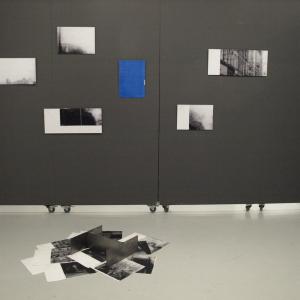


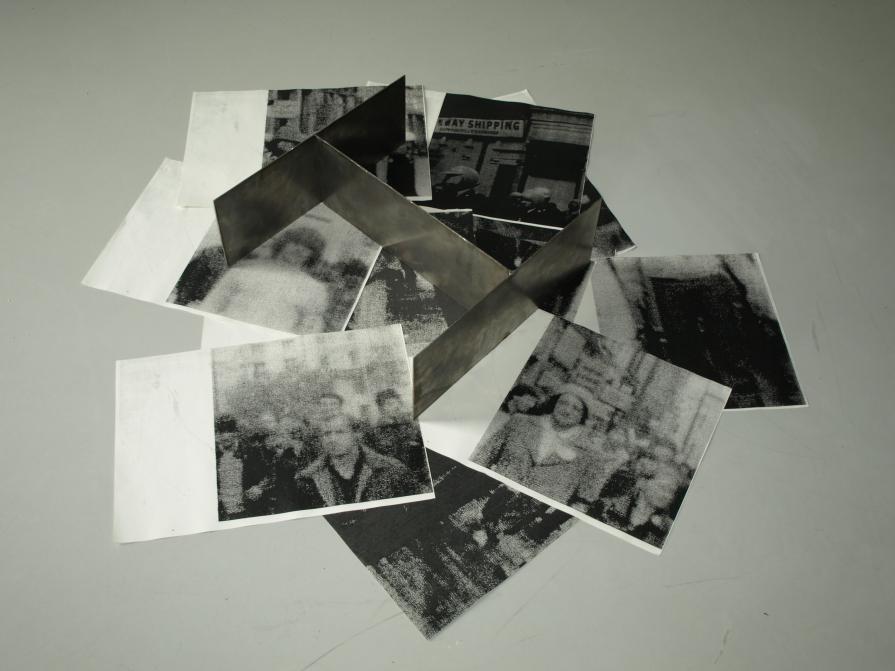
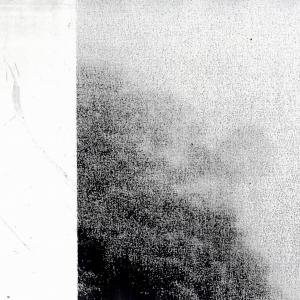
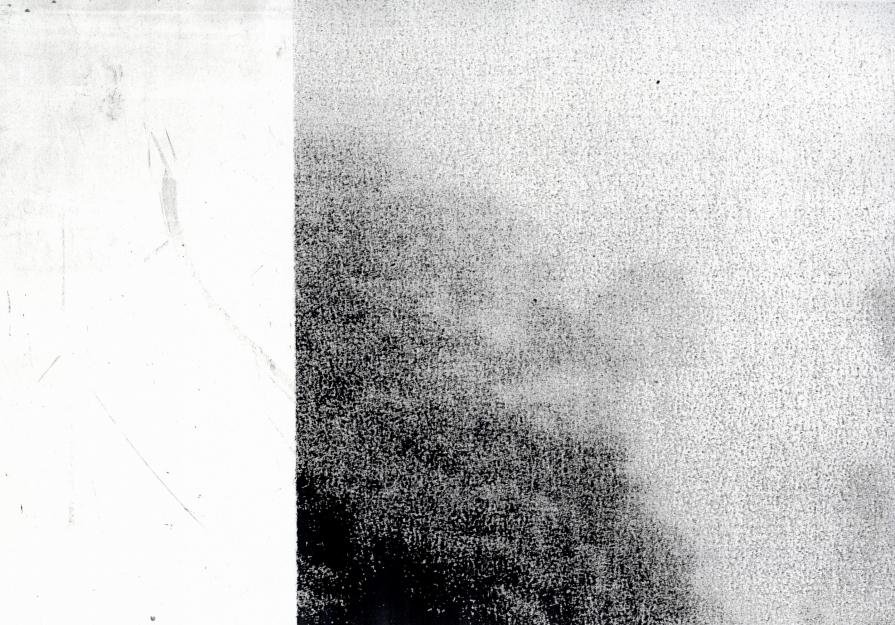
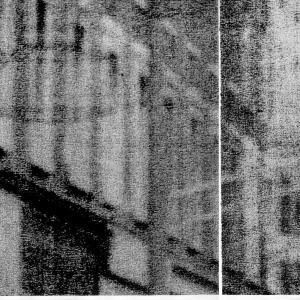
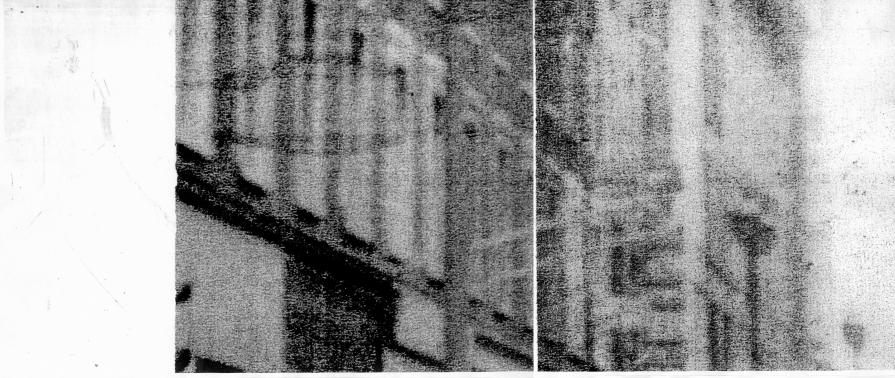

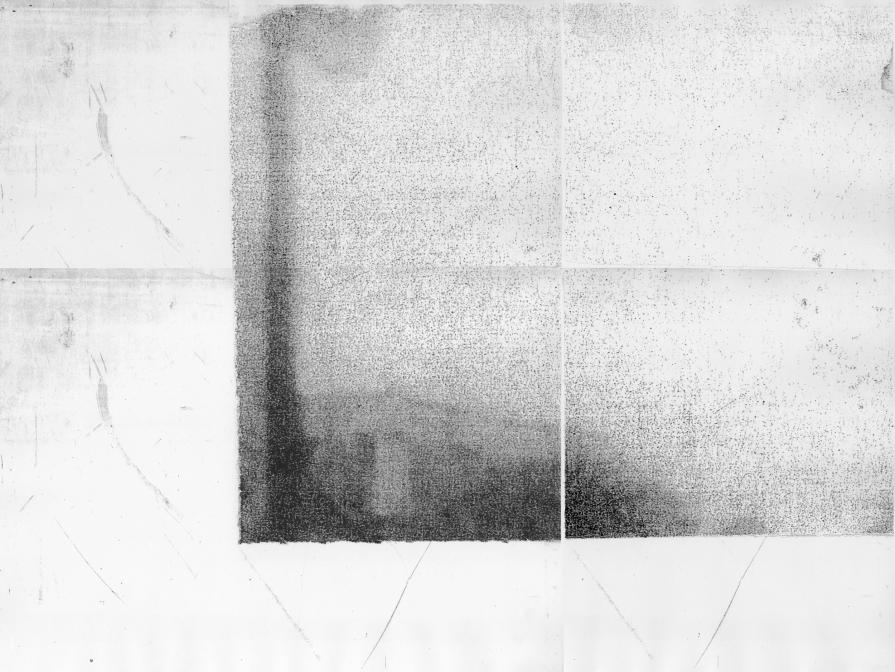
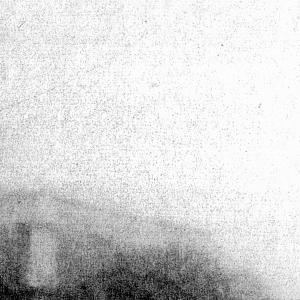

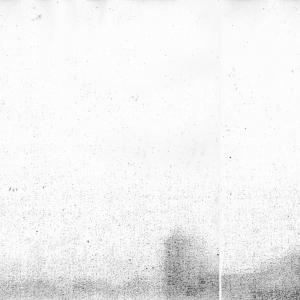


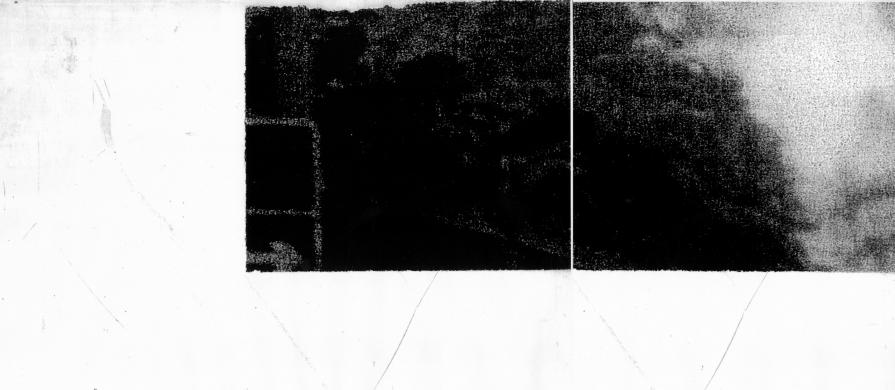
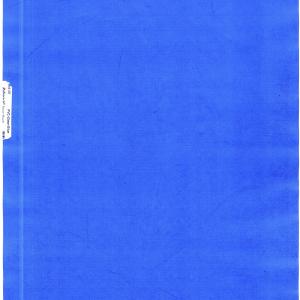
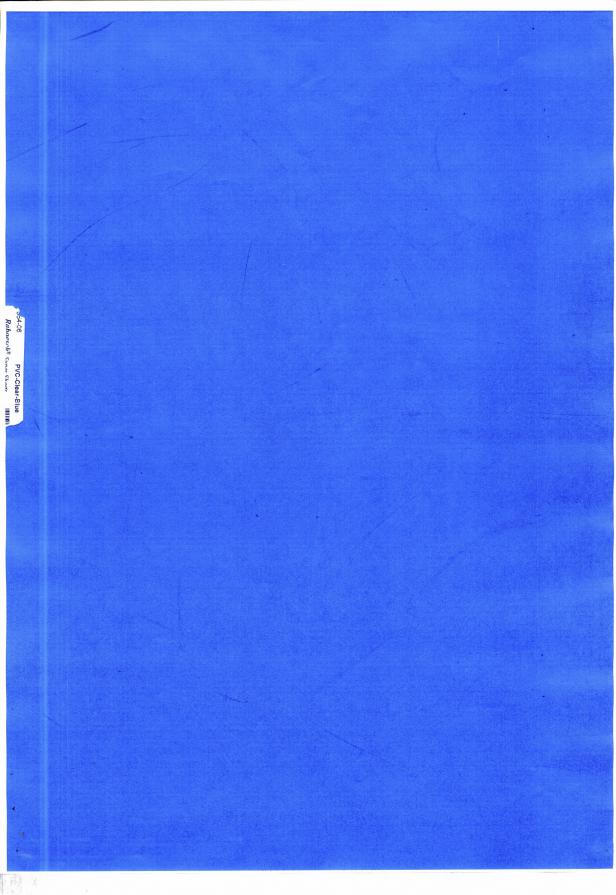




















Comments 1
Say something